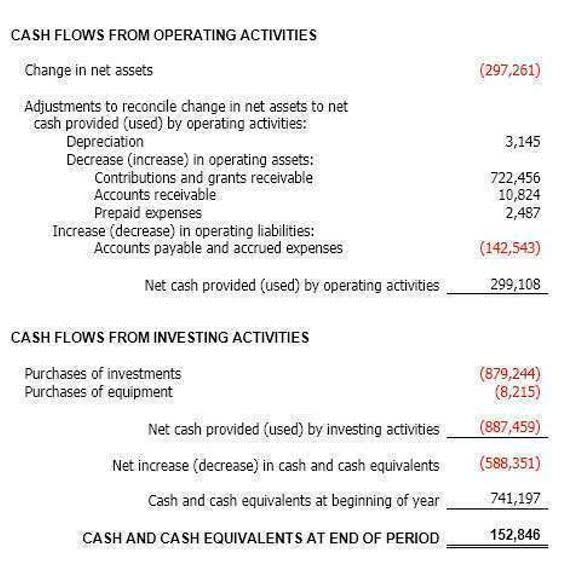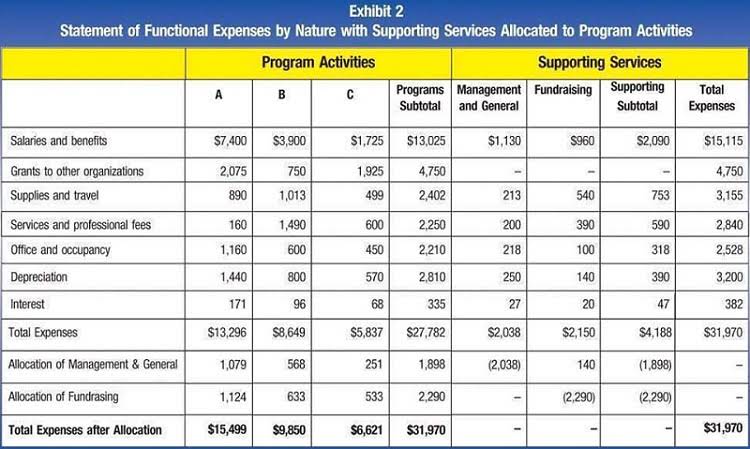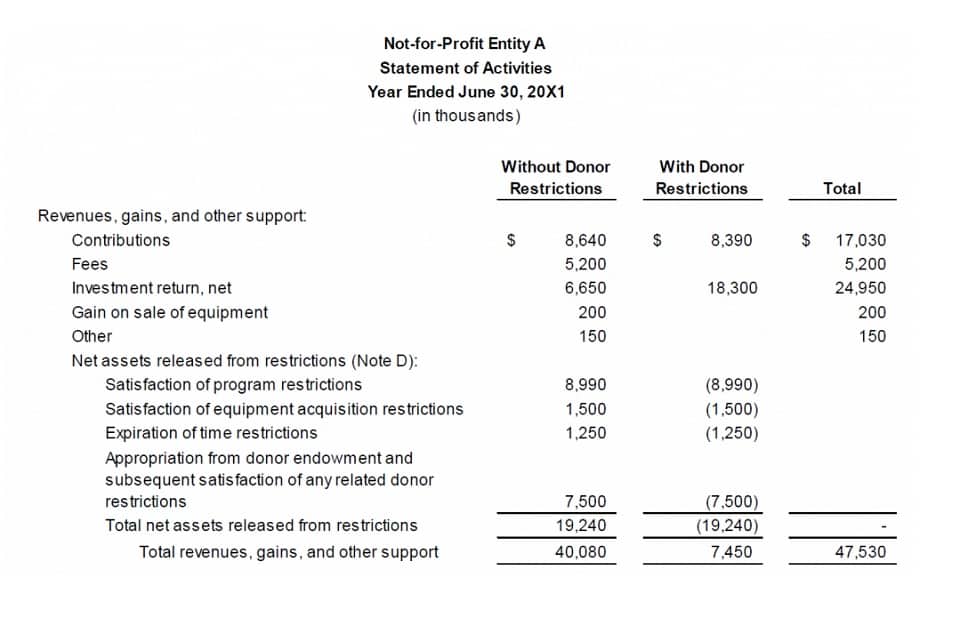Definition, Explanation and Examples

One of the main financial statements (along with the balance sheet, the statement of cash flows, and the statement of stockholders’ equity). The income statement is also referred to as the profit and loss statement, P&L, statement of income, and the statement of operations. The income statement reports the revenues, gains, expenses, losses, net income and other totals for the period of time shown in the heading of the statement.
- The accounting equation states that the amount of assets must be equal to liabilities plus shareholder or owner equity.
- Other names used for this equation are balance sheet equation and fundamental or basic accounting equation.
- As we have seen in the example above, the $50,000 of cash which the owner injects into business becomes the assets of $50,00.
- For the past 52 years, Harold Averkamp (CPA, MBA) has worked as an accounting supervisor, manager, consultant, university instructor, and innovator in teaching accounting online.
- We know that every business holds some properties known as assets.
- Under the double entry accounting system, transactions are recorded through debits and credits.
- The accounting method under which revenues are recognized on the income statement when they are earned (rather than when the cash is received).
Example Transaction #3: Purchase of Supplies on Credit
If a company’s stock is publicly traded, earnings per share must appear on the face of the income statement. Accounting equation shows the relationship between balance sheet items including assets, liabilities and owner’s equity, in which total assets always equal to total liabilities plus total owner’s equity. Due to this, the accounting equation is also called the balance sheet equation sometimes. If a company keeps accurate records using the double-entry system, the accounting equation will always be “in balance,” meaning the left side of the equation will be equal to the right side. The balance is maintained because every business transaction affects at least two of a company’s accounts.
Example of liabilities
All assets owned by a business are acquired with the funds supplied either by creditors or by owner(s). In other words, we can say that the value of assets in a business is always equal to the sum of the value of liabilities and owner’s equity. The total dollar amounts of two sides of accounting equation are always equal because they represent two different views of the same thing. For all recorded transactions, if the total debits and credits for a transaction are equal, then the result is that the company’s assets are equal to the sum of its liabilities and equity.
What Are the Three Elements in the Accounting Equation Formula?
This methodical approach is fundamental to the accounting system’s integrity. Its concept is also to express the relationship of the balance sheet items which are assets, liabilities, and owner’s equity. As we have seen in the example above, the $50,000 of cash which the owner injects into business becomes the assets of $50,00. They include cash on hand, cash at banks, investment, inventory, accounts receivable, prepaid, advance, fixed assets, etc. This equation should be supported by the information on a company’s balance sheet. The Accounting Equation is the foundation of double-entry accounting because it displays that all assets are financed by borrowing money or paying with the money of the business’s shareholders.
- Here we can see the list of all liabilities that have been reported on Hershey company balance sheet for 2023.
- While we mainly discuss only the BS in this article, the IS shows a company’s revenue and expenses and includes net income as the final line.
- An accounting transaction is a business activity or event that causes a measurable change in the accounting equation.
- The business has paid $250 cash (asset) to repay some of the loan (liability) resulting in both the cash and loan liability reducing by $250.
- The balance sheet is one of the three main financial statements that depicts a company’s assets, liabilities, and equity sections at a specific point in time (i.e. a “snapshot”).
After the company formation, Speakers, Inc. needs to buy some equipment for installing speakers, so it purchases $20,000 of installation equipment from a manufacturer for cash. In this case, Speakers, Inc. uses its cash to buy another asset, so the asset account is decreased from the disbursement of cash and increased by the addition of installation equipment. Now that we have a basic understanding of the equation, let’s take a look at each accounting equation component https://www.bookstime.com/ starting with the assets. Some common examples of tangibles include property, plant and equipment (PP&E), and supplies found in the office. Non-current assets or liabilities are those that cannot be converted easily into cash, typically within a year, that is. While there is no universal definition for liabilities and equity, liabilities are typically external claims (e.g., creditors and suppliers), and equity is internal claims (e.g., business owners and shareholders).

Accounting Principles: Basic Definitions, Why They’re Important – NerdWallet
Accounting Principles: Basic Definitions, Why They’re Important.
Posted: Thu, 06 Jul 2023 07:00:00 GMT [source]
The accounting equation is important as it lays the foundation of accounting and the double-entry system. It ensures accuracy in recording financial transactions accounting formula and ensures that the balance sheet is balanced. It provides stakeholders an effective way to analyze the financial position of the firm.
Equity Component of the Accounting Equation

